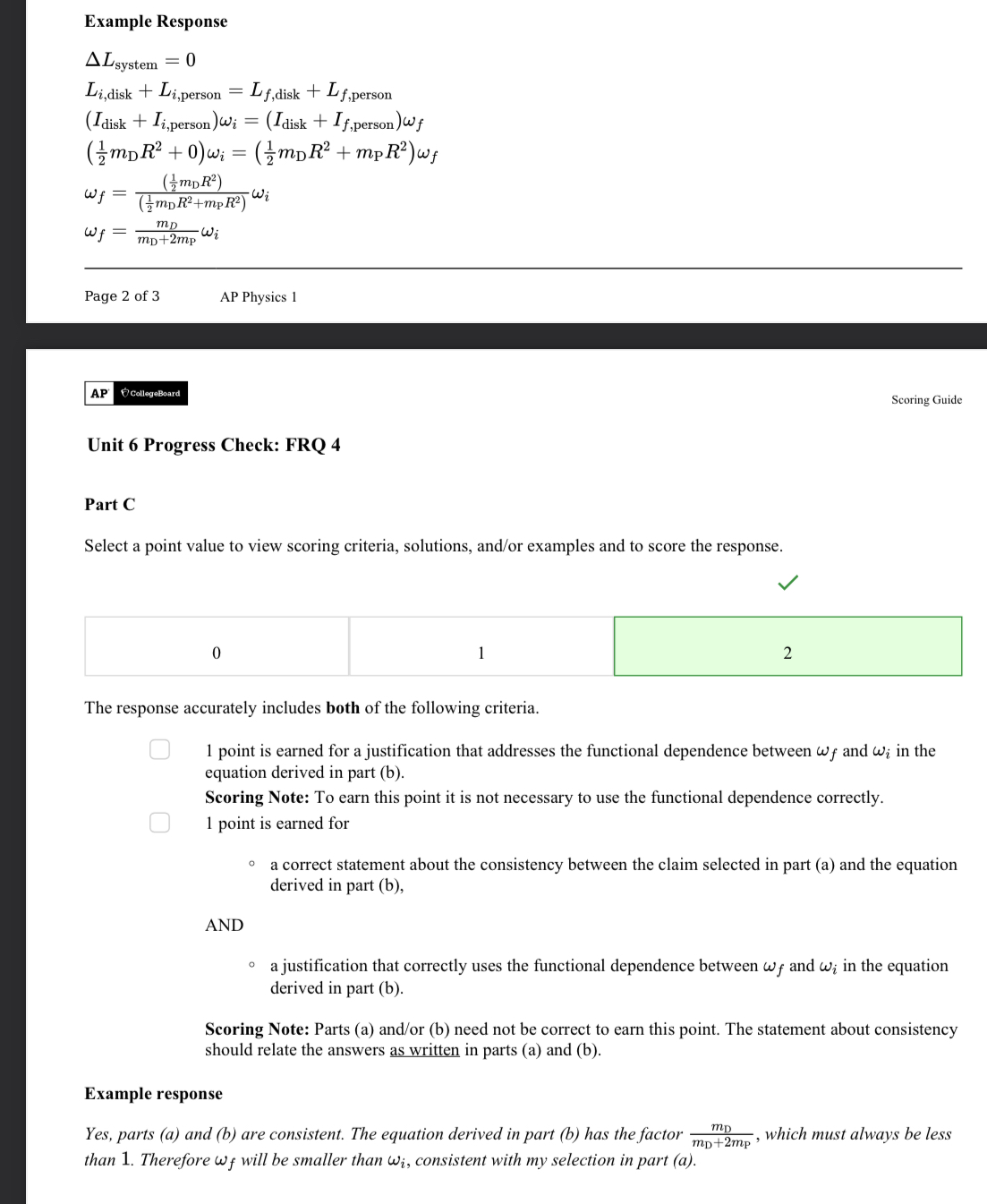Number 1
1/17
Earn XP
Description and Tags
Name | Mastery | Learn | Test | Matching | Spaced |
|---|
No study sessions yet.
18 Terms
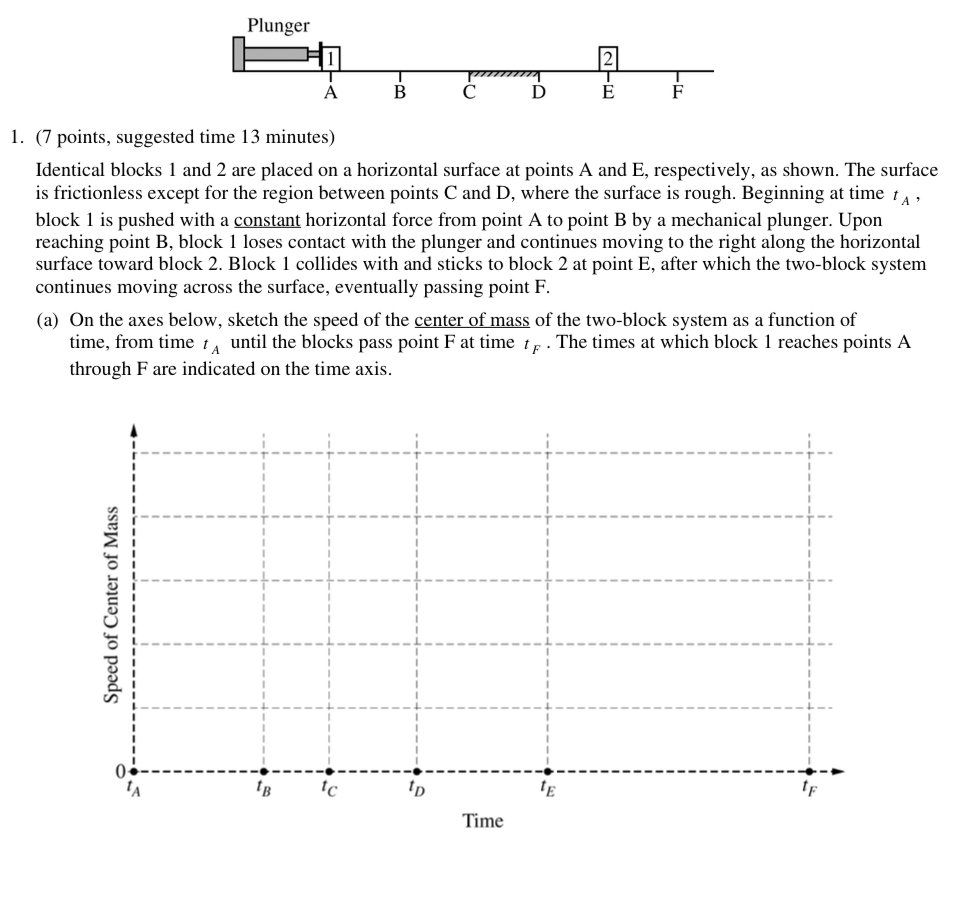
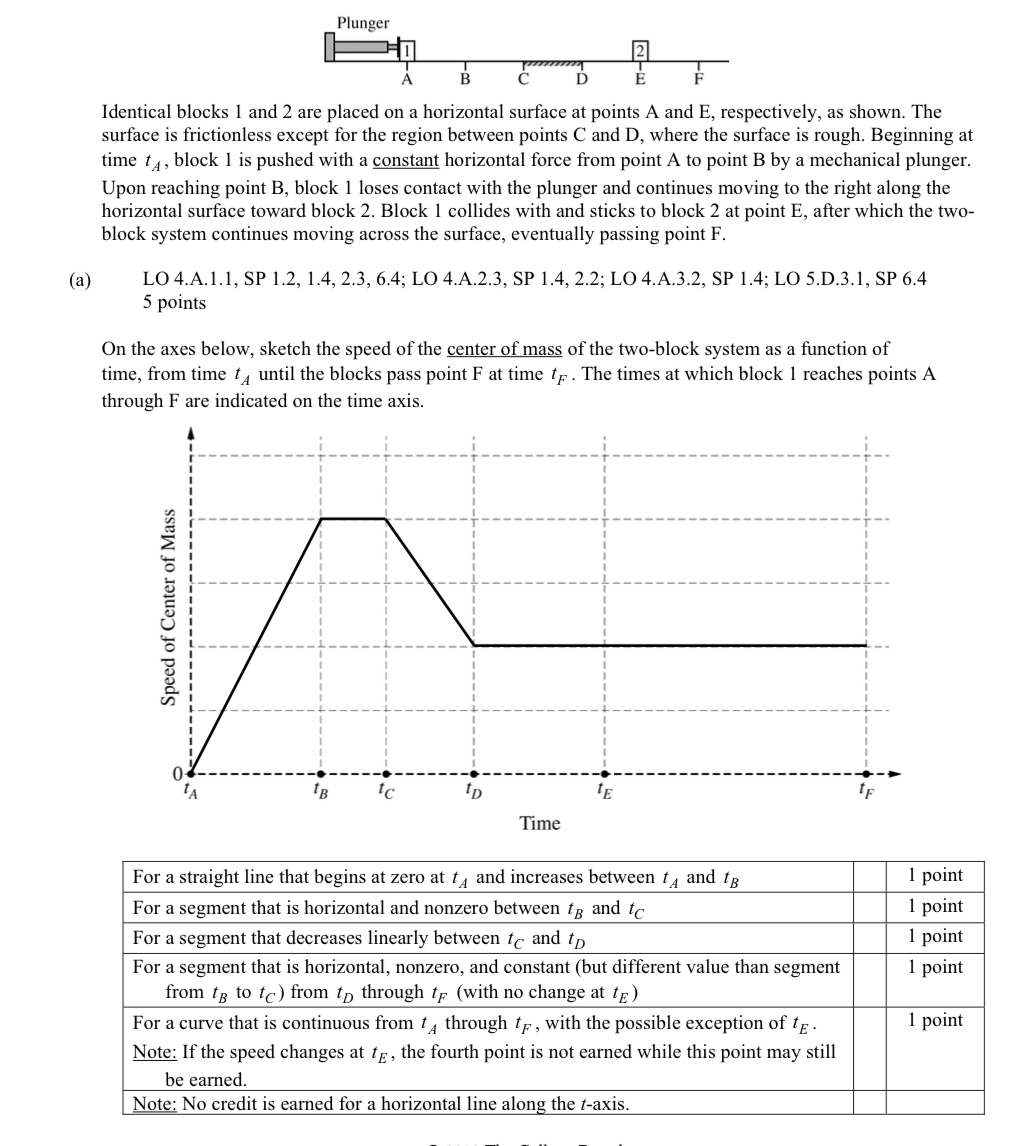
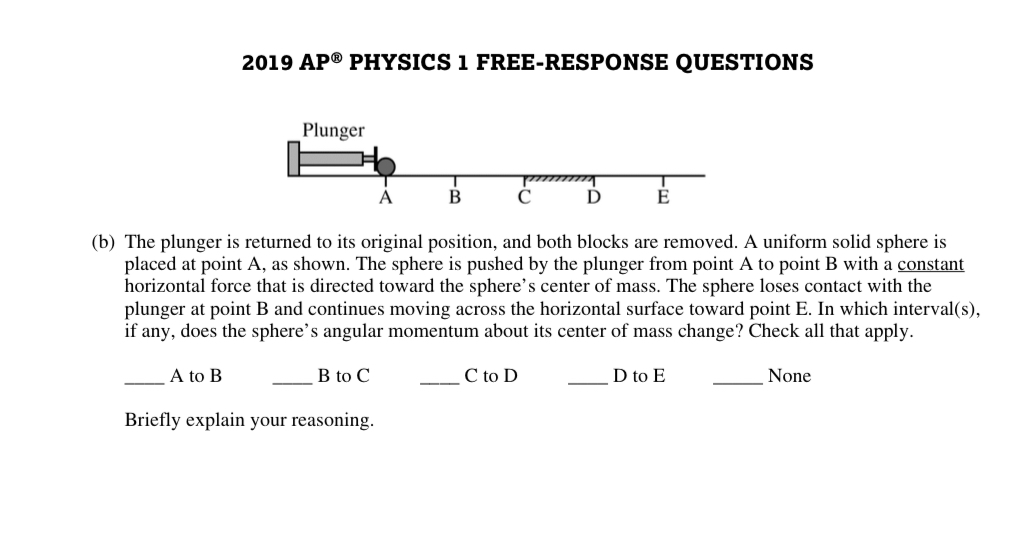
Claim: The sphere’s L at the cm changes in C to D
Evidence: Friction at C-D
Reason: Friction means torque in CD at central axis= change to L
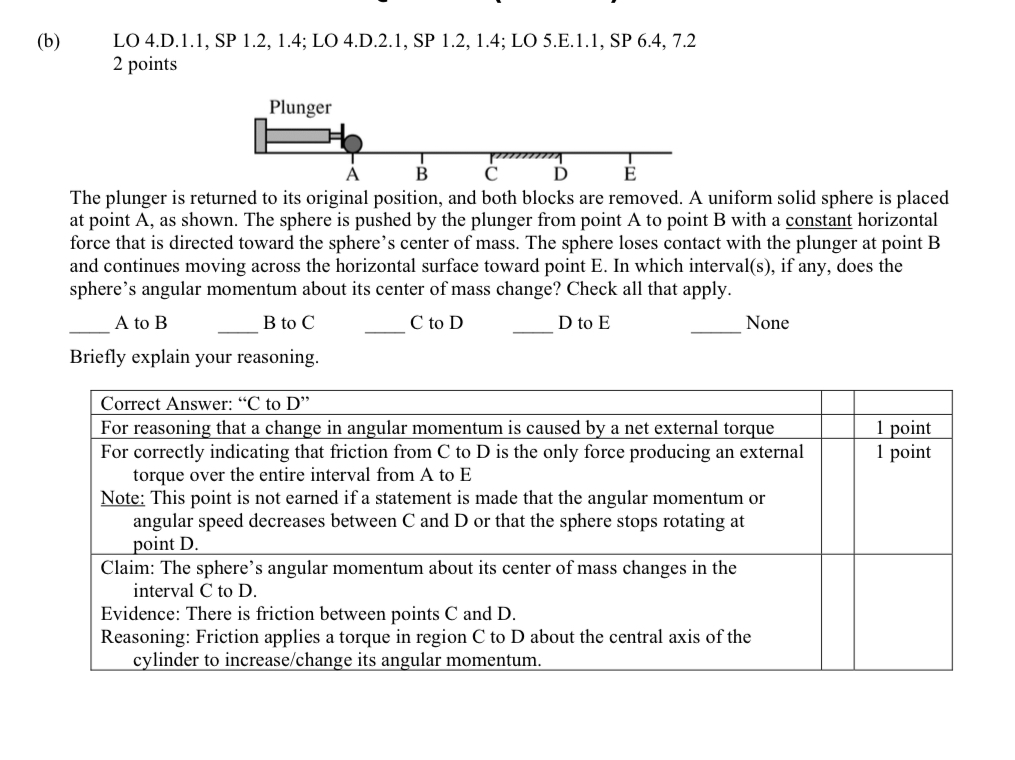
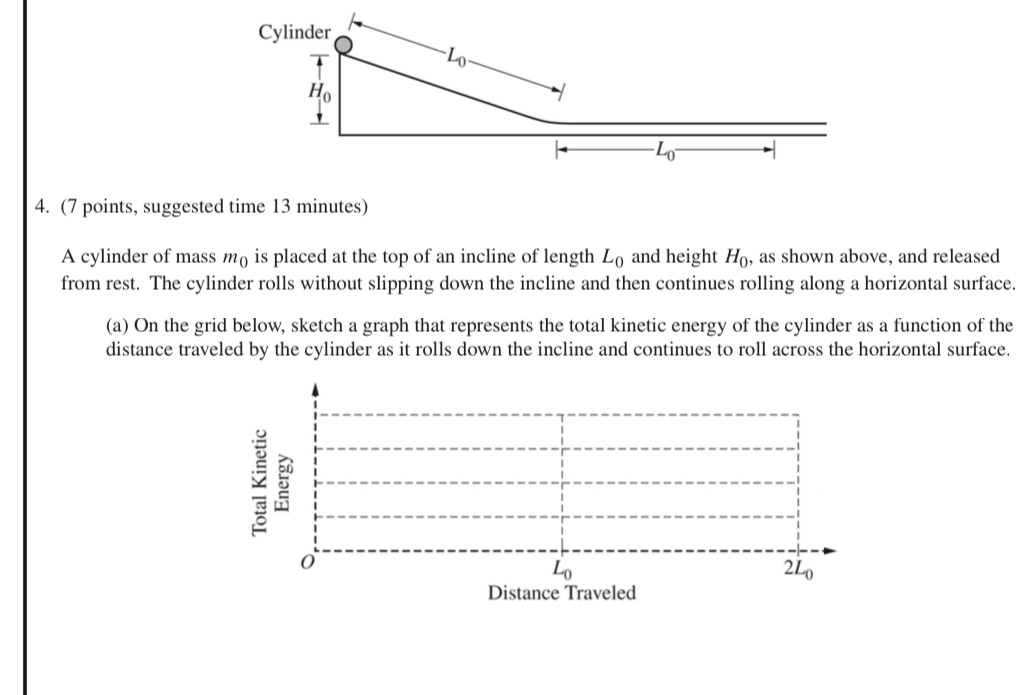
L0,3 constant

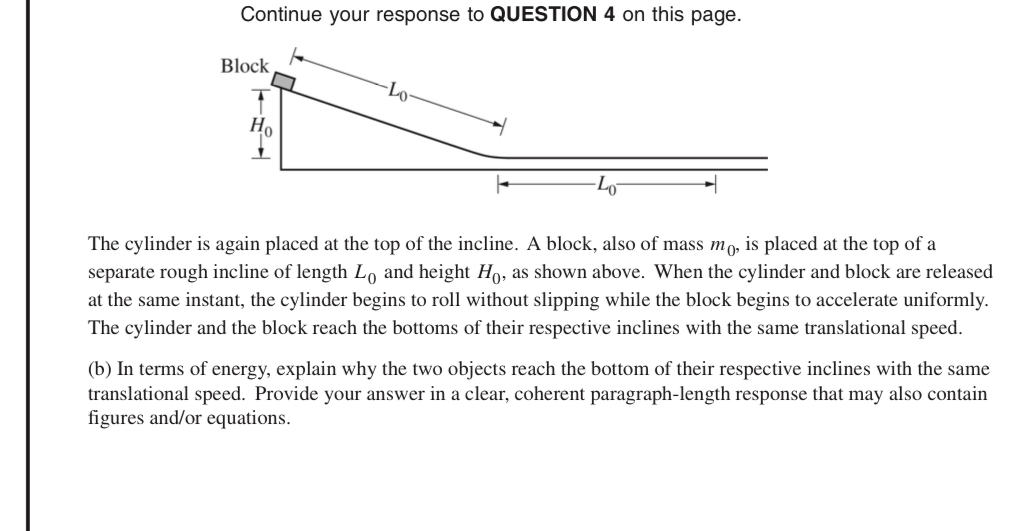
Both start with same Ug; mech energy into K some lost in friction; Ktrans and Krot; Final Krot=initial mech energy thats disapated by friction
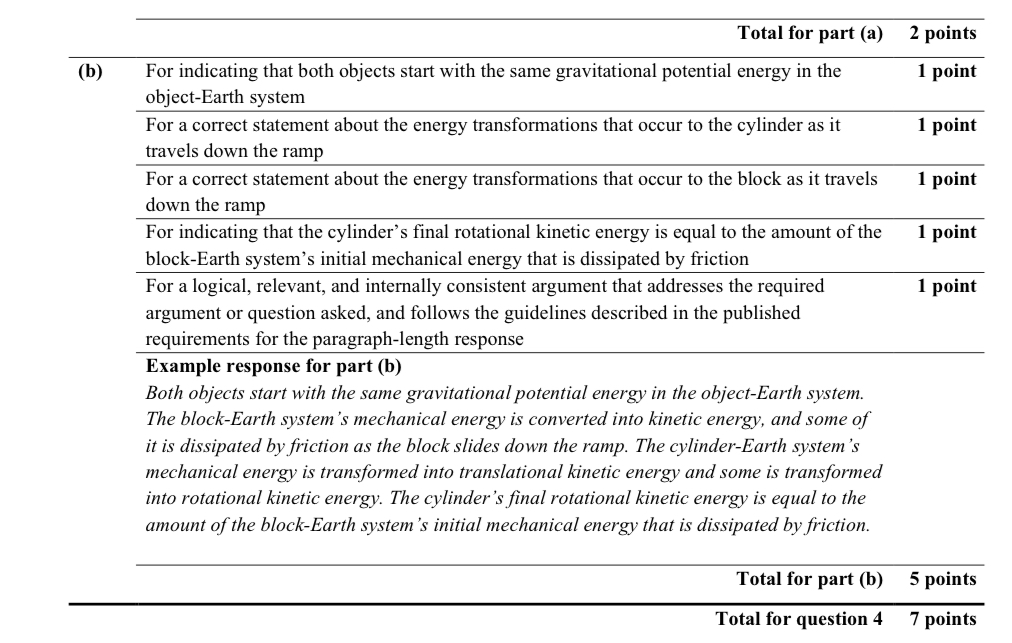
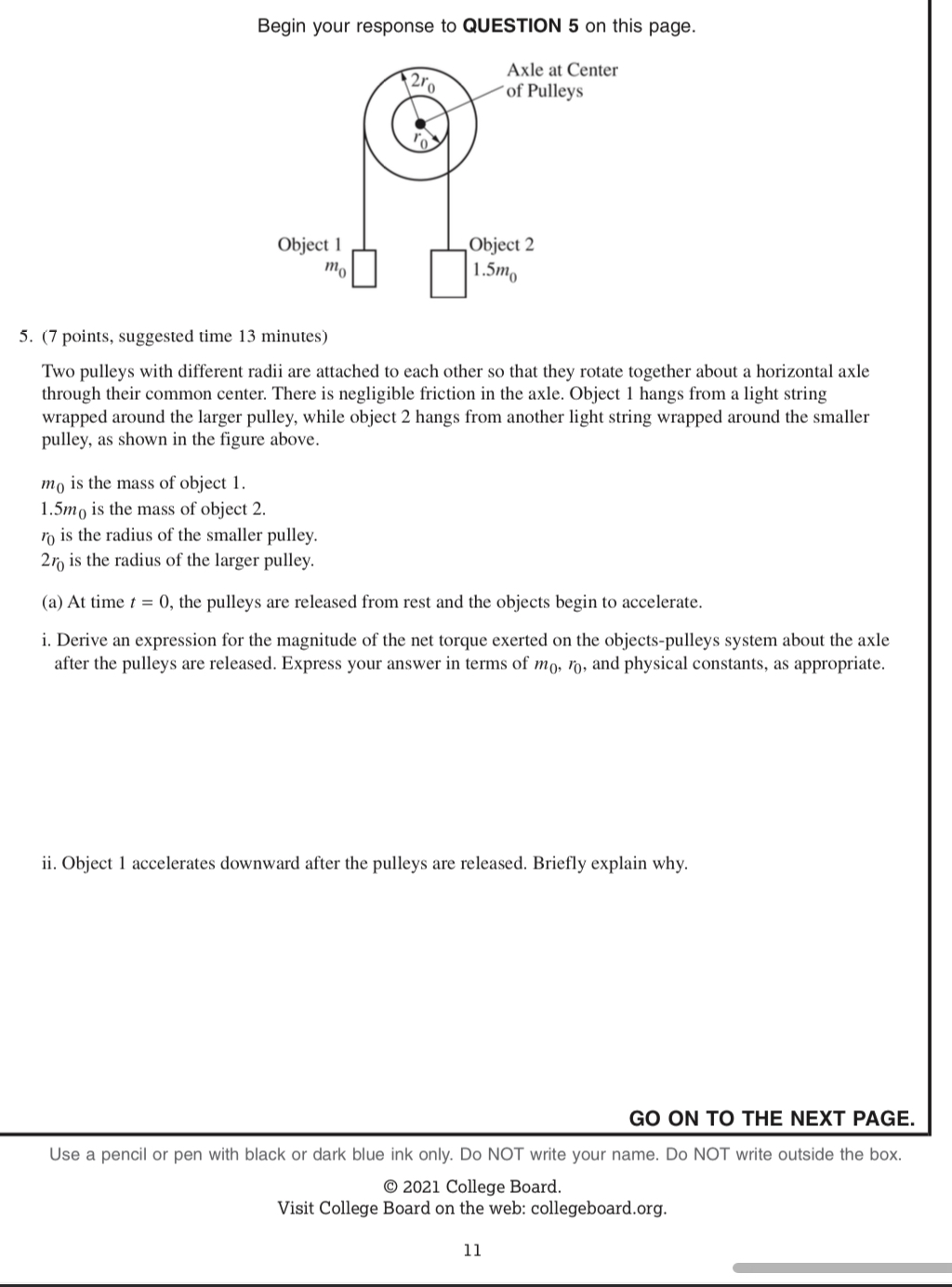
Need the torques from each object, subtract one, derive, explain
m0g(2r0) obj 1; (1.5m0g)r0 obj 2
Tnet=T1-T2 — m0g(2r0)-(1.5m0g)r0 — .5m0gr0
Explain: Object 1 2x as far from axle as 2. Obj 2 only 1.5x the weight. 1 torque> 2 torque
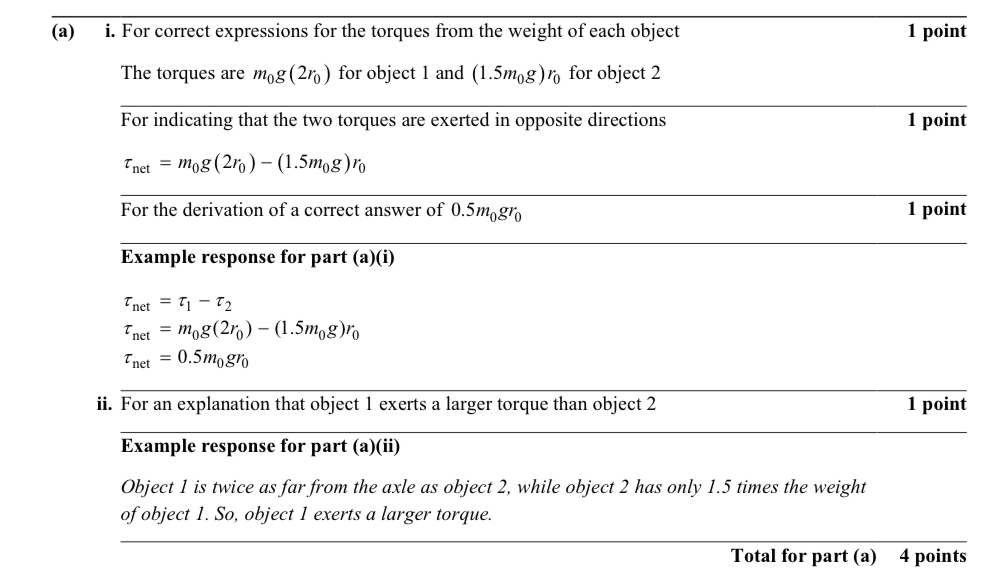
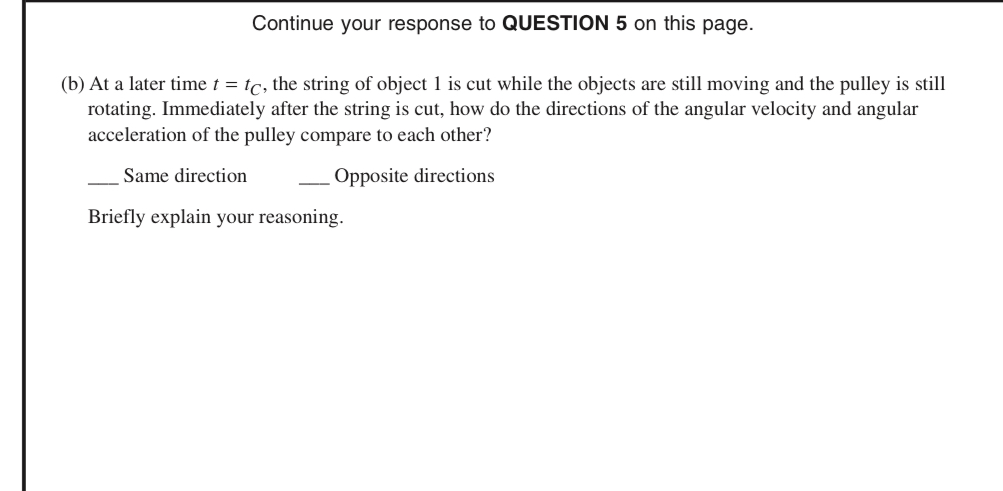
Opposite Direction
Starts in obj 1 direction then its cut and angular accel switch. Ang velocity doesn't change immediately and is still clockwise
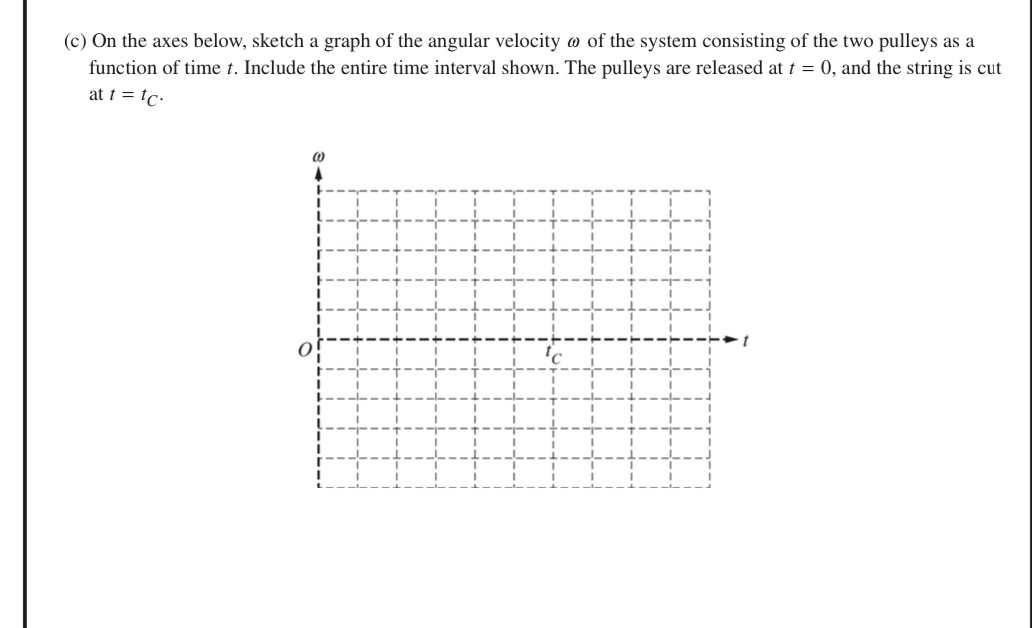
Tc,3 end,5
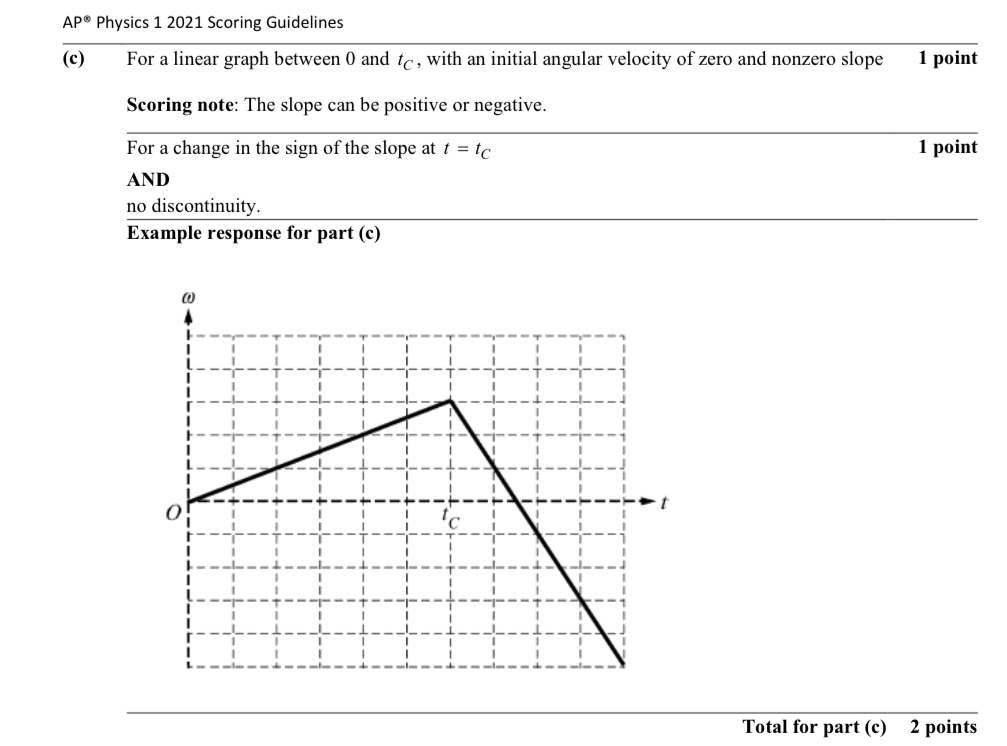
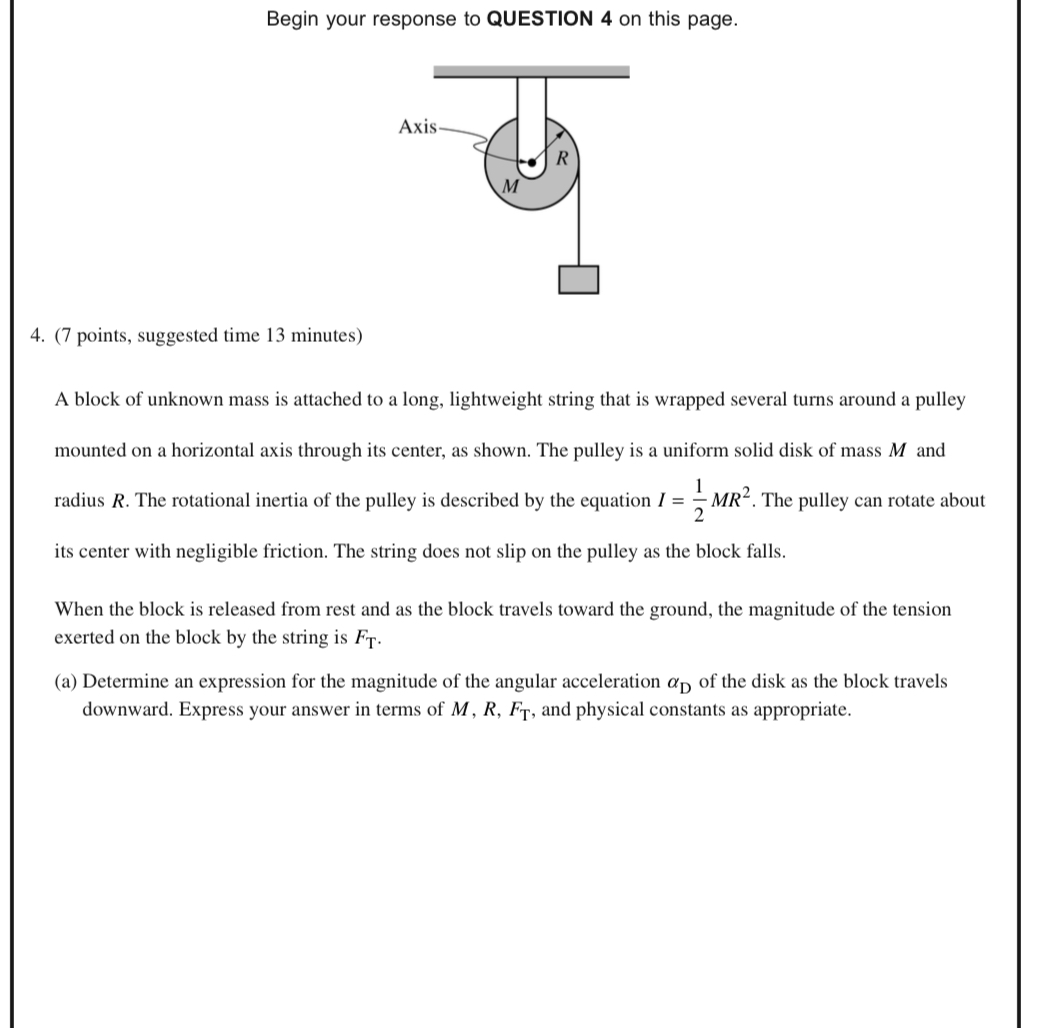
αD=2Ft/MR

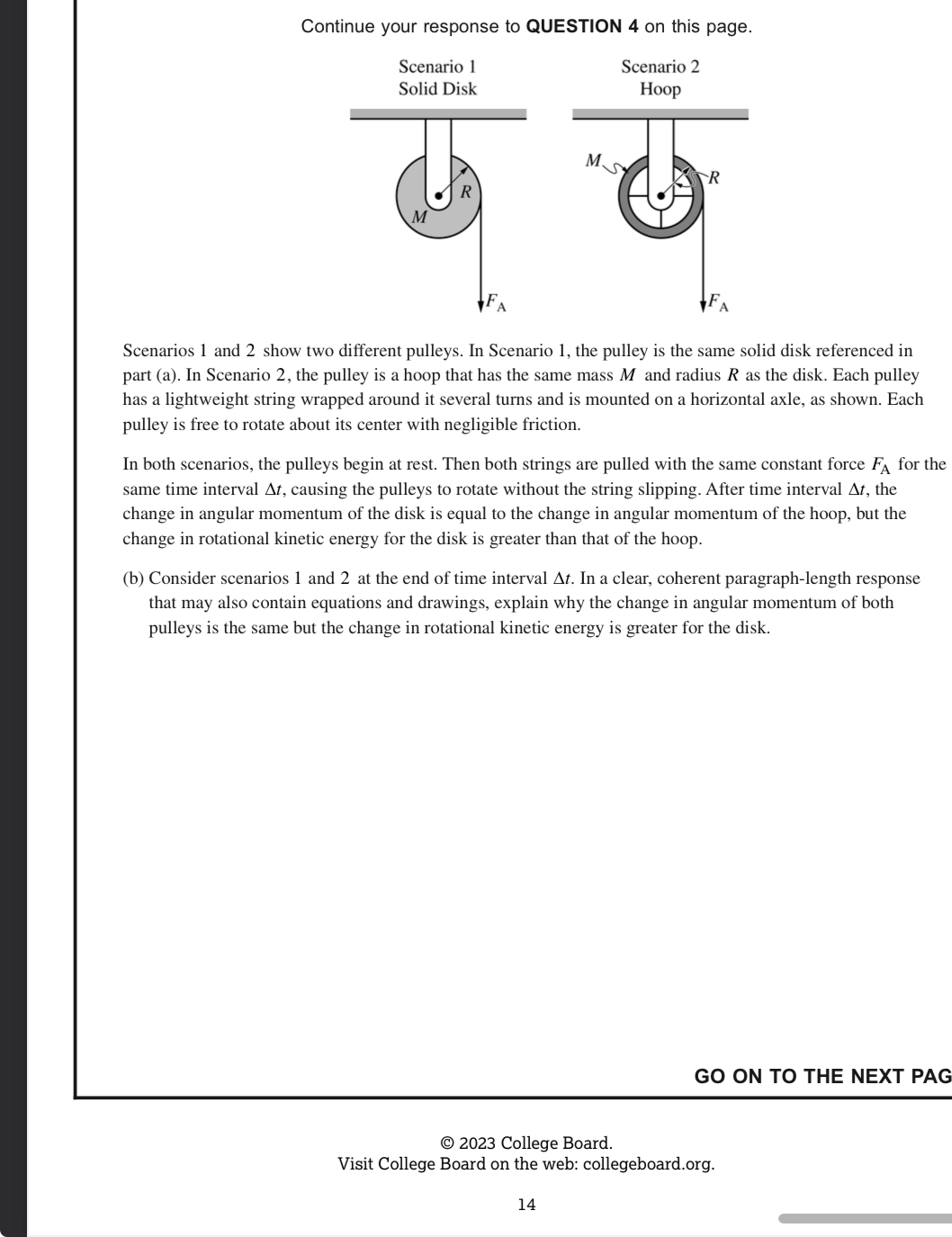
Paragraph length, why are the change in L of both pulleys the same but disk has greater change of Krot
Torque same
Dif Inertia
Torque times time or Change in L are the same bc T and t are same
w=L/I so hoop with bigger I has less ang velocity
Krot=1/2 I w² more w is more Krot
Disk has greater Krot
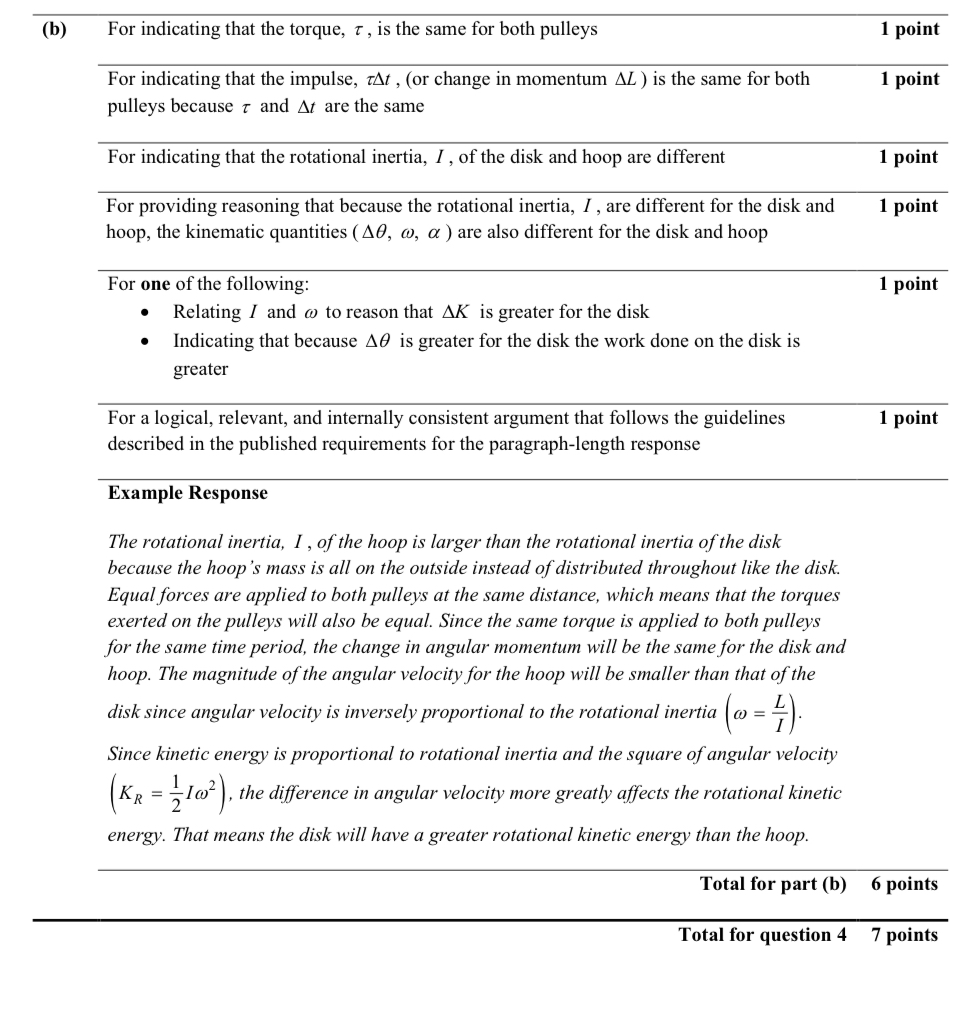
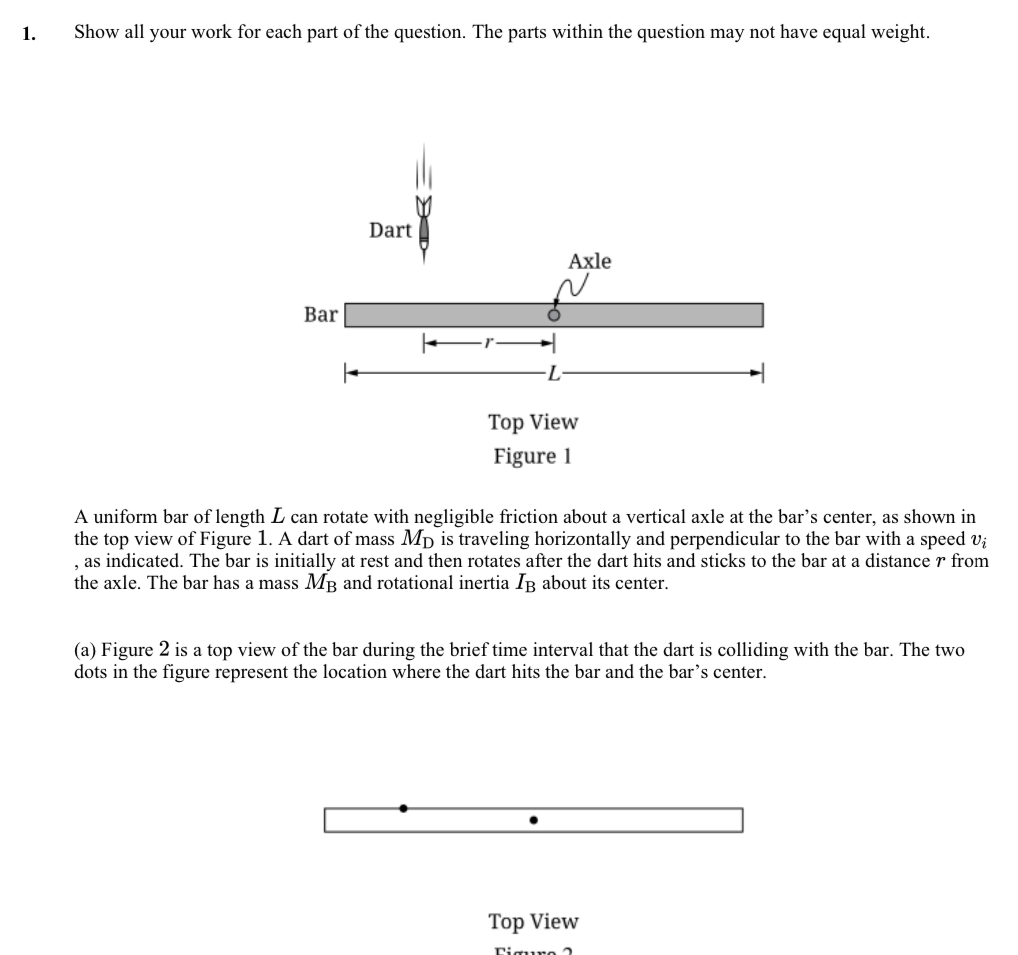
Arrows
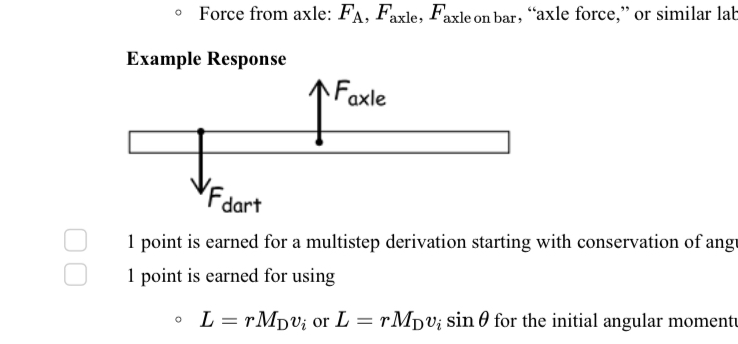
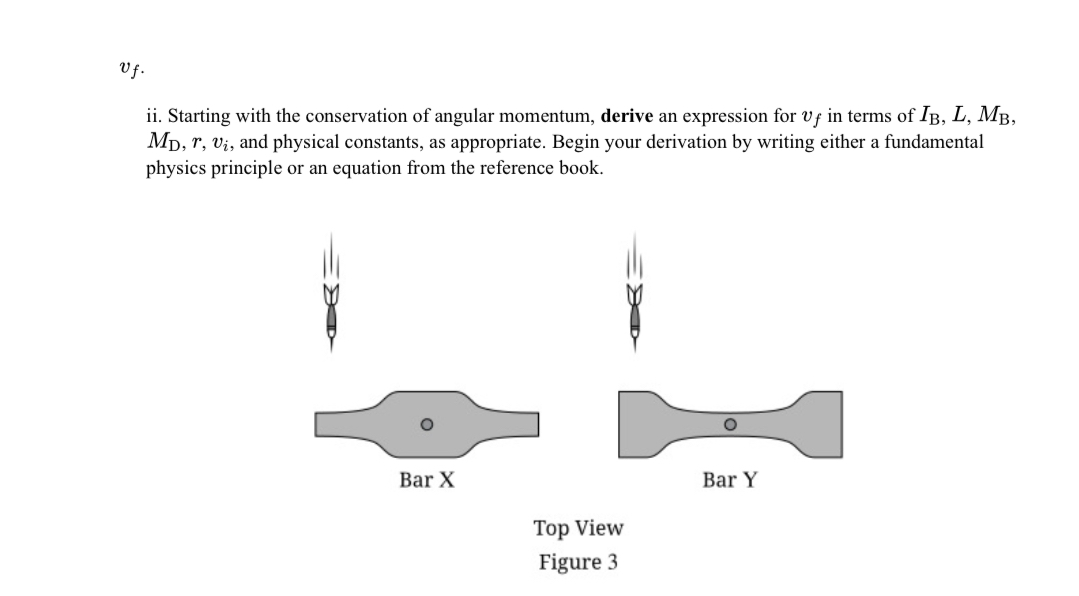
Derive equation
Vf=Mdr²vi/IB+MDr²
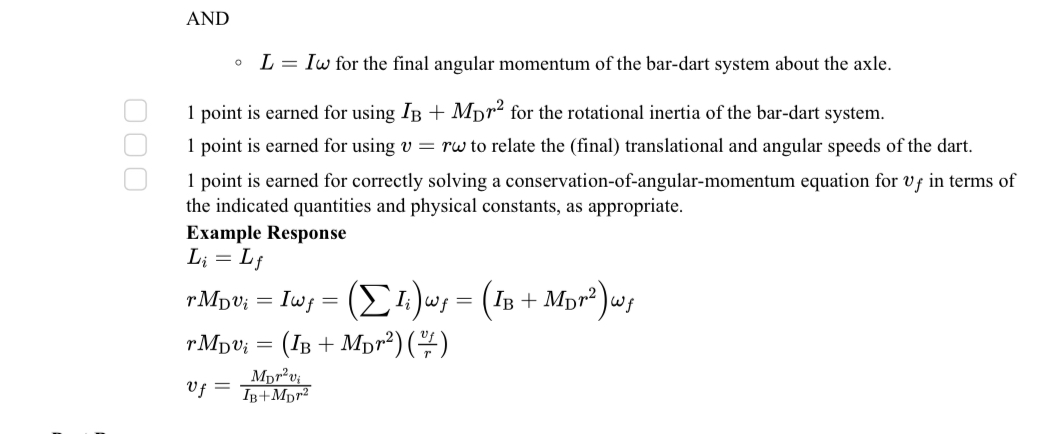
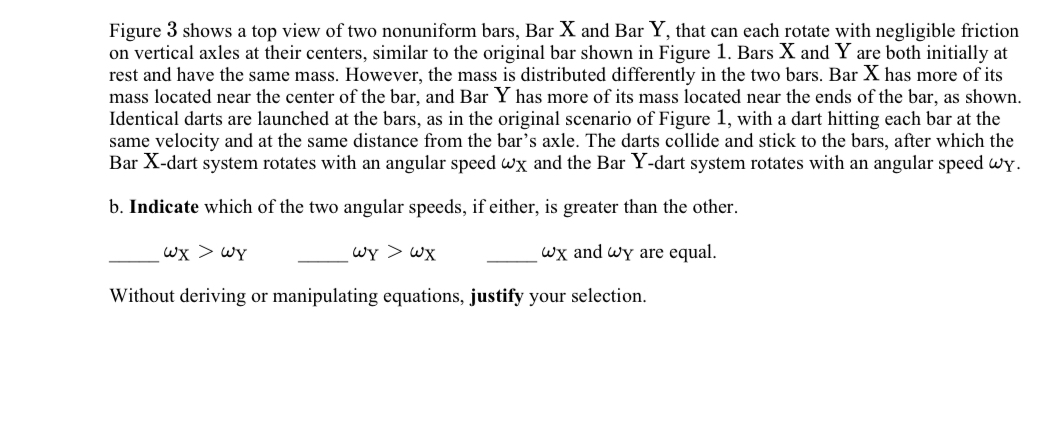
Which selection is true
Wx>Wy
Both have same L
Bar x smaller I bc more mass around center and spins faster
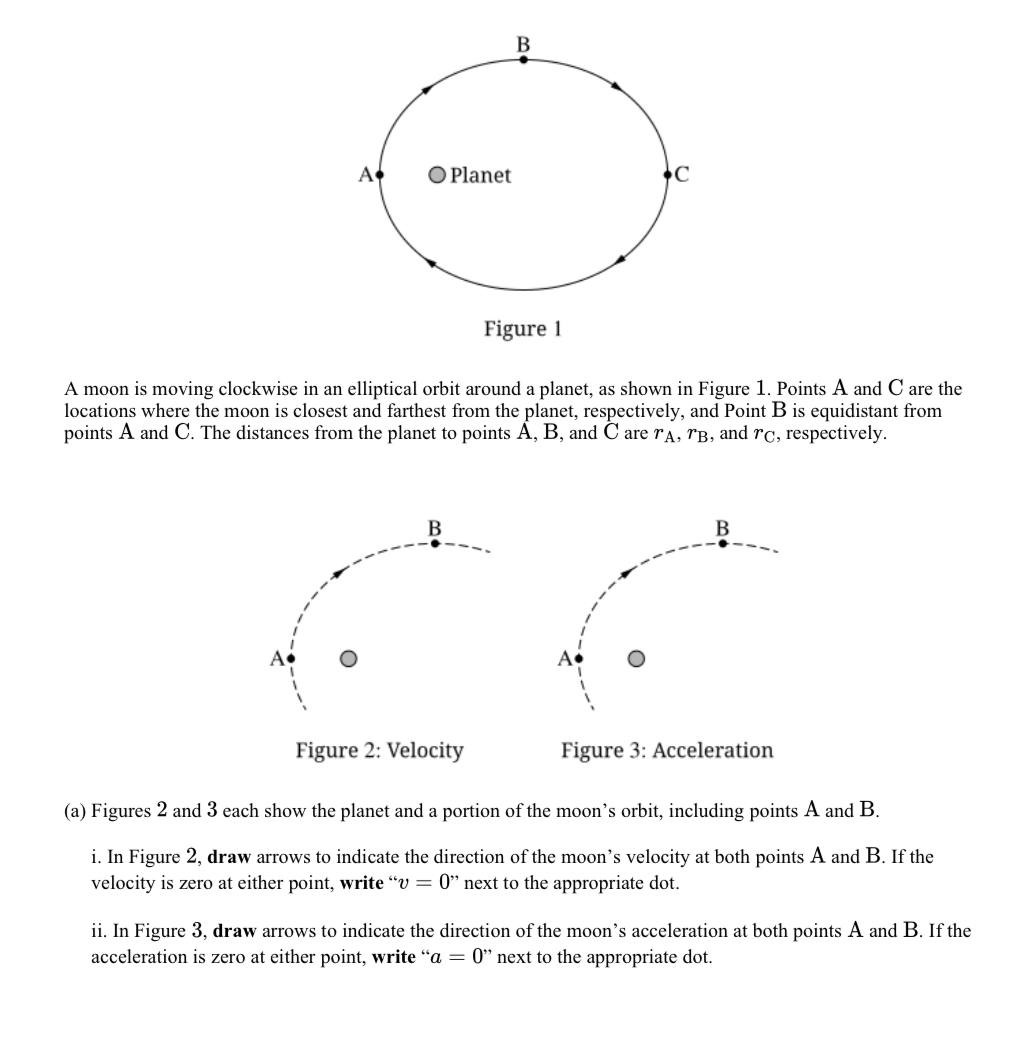
Draw arrows
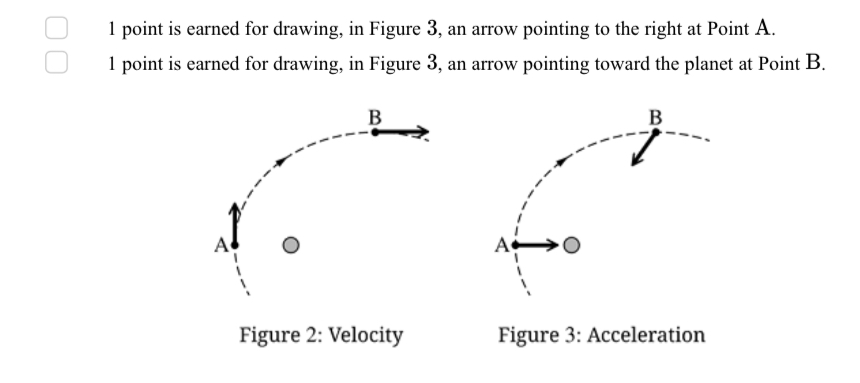
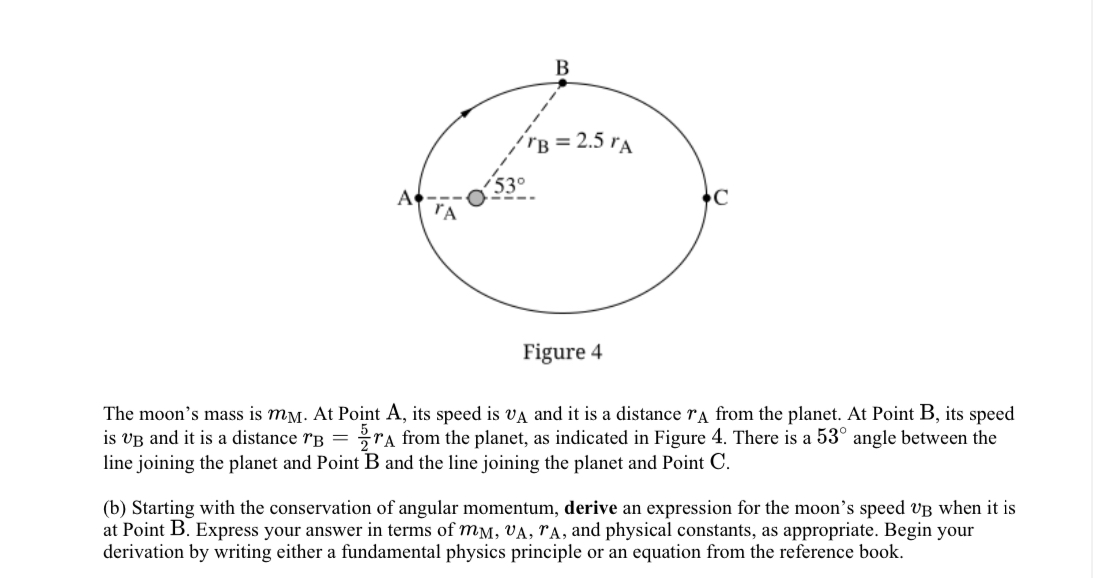
Derive equation
The Vb=1/2Va
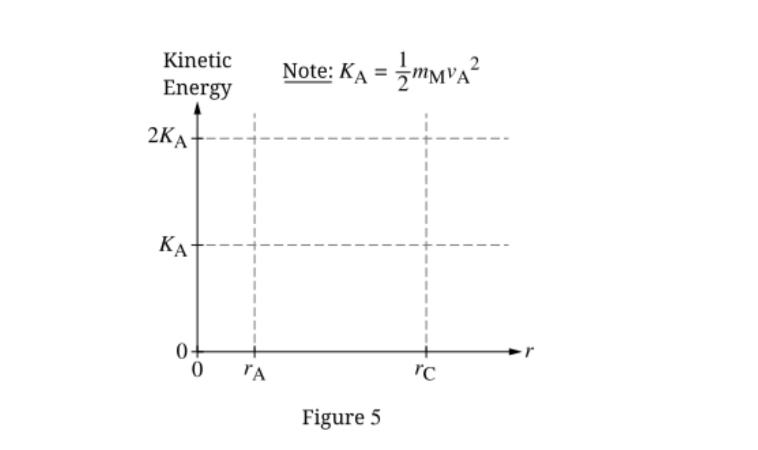
Draw graph
RA,KA rC,0
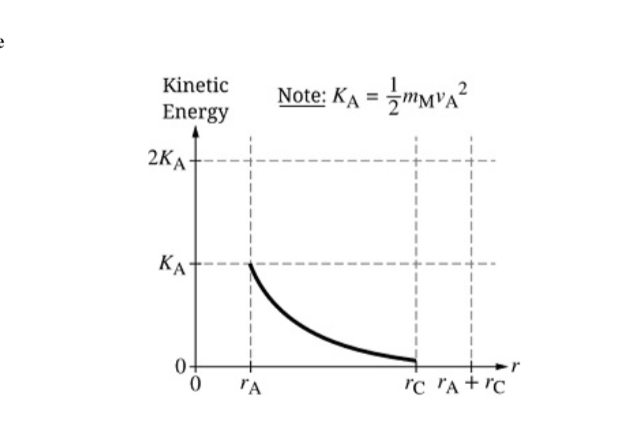
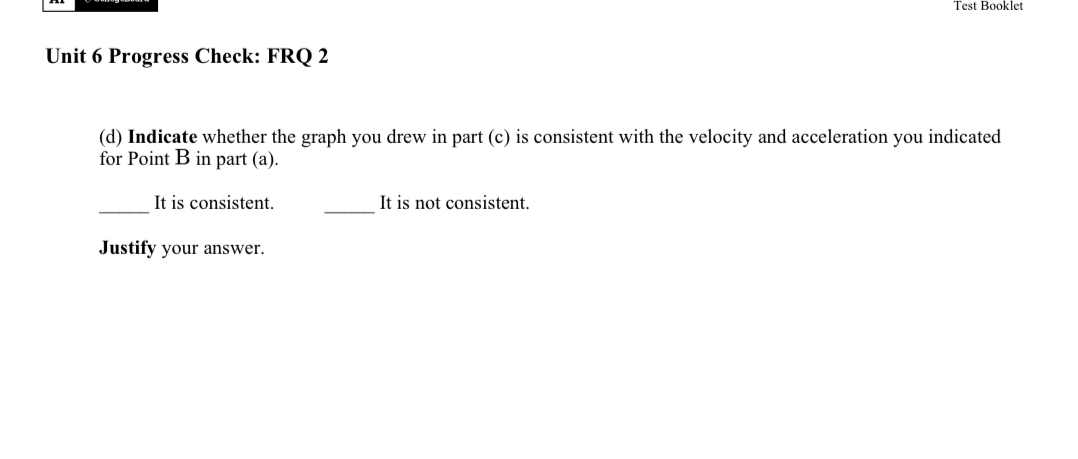
Select and why
It IS consistent
Graph shows moon’s K/velocity decreases as d increases
Acceleration at point is going backwards to velocity
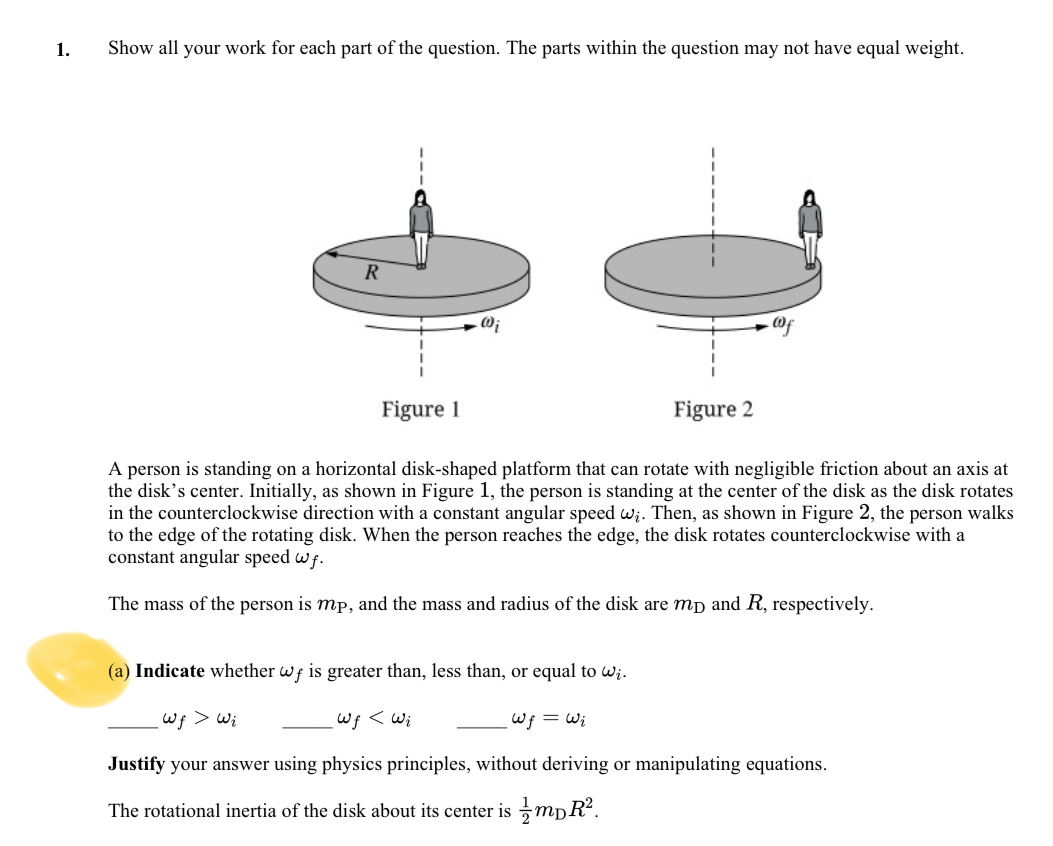
Select and why
wf<wi
L is constant, walks towards edge rotational I increases so w decreases

Derive equation for wf
Is equation consistent to part a
Wf=(mD/mD+2mp)wi
Yes, because it has a factor above^ so its always less than 1
